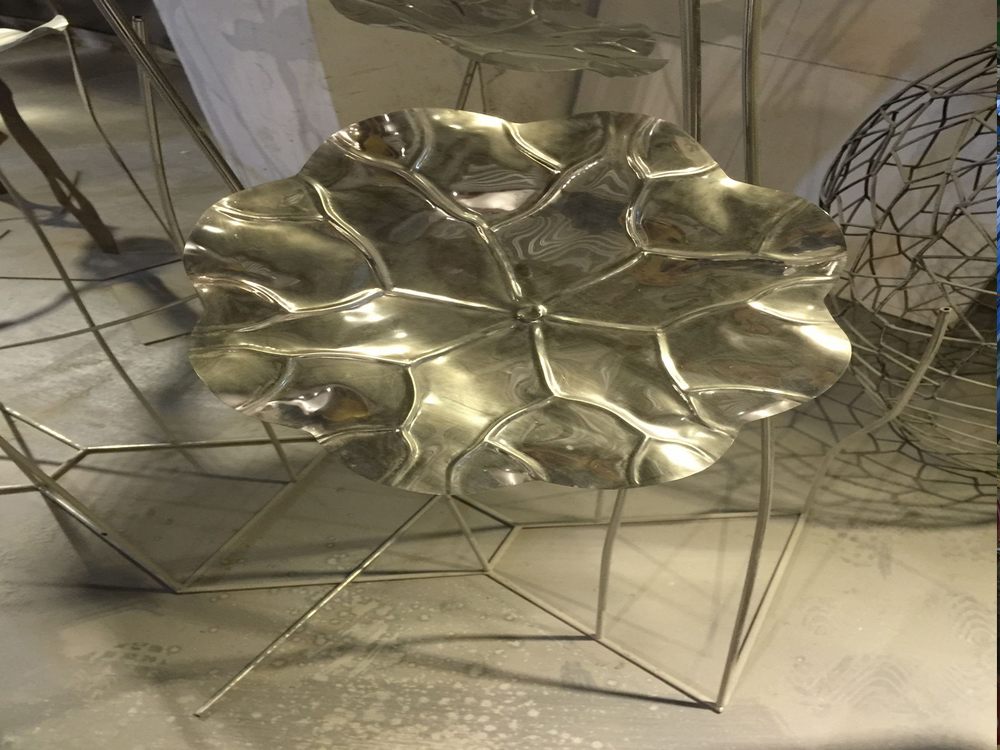
The art of transforming rigid stone into seemingly dynamic figures has fascinated audiences for centuries. Artists achieve the illusion of motion in immobile carvings through a combination of masterful techniques and psychological tricks.
One key method involves strategic posture and composition. Sculptors often depict figures in mid-action poses—a dancer mid-twirl or a warrior mid-strike—using diagonal lines and asymmetrical balance to suggest movement. The famous "Winged Victory of Samothrace" exemplifies this with its wind-swept drapery and forward-leaning stance.
Texture plays a crucial role too. By varying surface finishes—from polished smooth areas to roughly chiseled sections—artists create visual rhythms that guide the eye along paths of implied motion. Michelangelo's unfinished "Slaves" demonstrate this powerfully, with their emerging figures appearing to struggle against the stone.
Clever use of perspective distortion enhances the effect when viewed from specific angles. Bernini's "Apollo and Daphne" appears to transform before viewers' eyes as they circle the piece, with Daphne's fingers sprouting leaves in mid-transformation.
Shadow manipulation adds another dimension. Deep undercuts create contrasting shadows that change with lighting conditions, giving the illusion that features shift position. Gothic cathedral gargoyles master this technique, seeming to move as daylight changes.
Contemporary sculptors push these boundaries further by incorporating optical illusions and kinetic elements that trick the eye into perceiving motion where none exists. This ancient art continues evolving, proving stone can indeed be made to dance.

